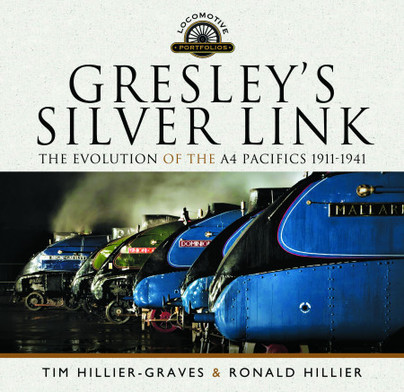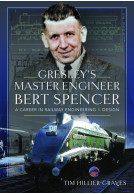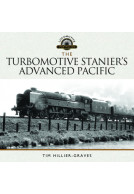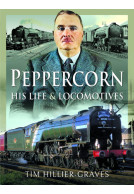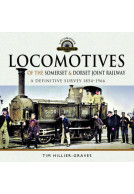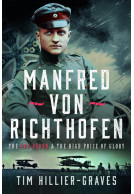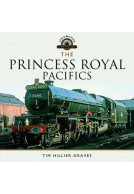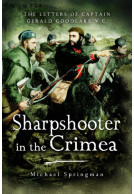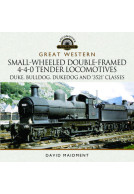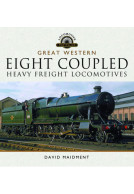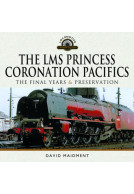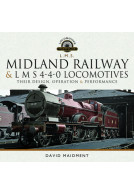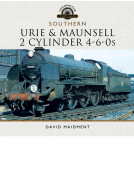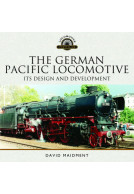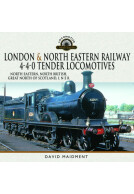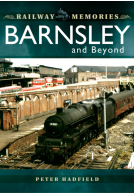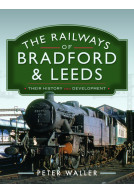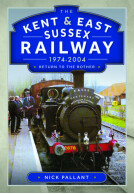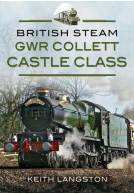Gresley's Silver Link (Hardback)
The Evolution of the A4 Pacifics 1911-1941
Imprint: Pen & Sword Transport
Series: Locomotive Portfolios
Pages: 224
Illustrations: 57 colour, 233 mono integrated
ISBN: 9781399073394
Published: 8th November 2022
(click here for international delivery rates)
Order within the next 1 hour, 48 minutes to get your order processed the next working day!
Need a currency converter? Check XE.com for live rates
| Other formats available - Buy the Hardback and get the eBook for £1.99! | Price |
|---|---|
| Gresley's Silver Link ePub (186.7 MB) Add to Basket | £16.99 |
Gresley’s A4 Pacifics are arguably the most famous locomotives ever built, a status cemented by Mallard’s record breaking run on the 3rd July ‘38. And yet only a year later the glamorous ‘streaks’ seemed likely to be cast into obscurity by the coming of another world war. So, for only four exhilarating years they were allowed to flourish as their creator had intended and in that time captured the imagination of railwaymen and public alike.
With the help of previously unpublished material the author analyses the complex evolution of the A4s - a project that began in 1911 when Gresley was appointed as Locomotive Superintendent of the Great Northern Railway. It is a story with many strands to consider – war, peace and war again, engineering and art, politics and business, recession and social change, the growth of the media and consumerism, the struggle for professional reputations and a growing, deeply damaging international rivalry. All these elements are captured in the story of the A4s in the heady days before conflict ended their brief golden age and Gresley’s life came to an end.
"...the author is to be congratulated on a well-researched account which places the development of the A4s in the context of their time. It will appeal to those who revere the works of Sir Nigel Gresley and the machines he created, but should be of interest to others with an interest in steam locomotive development."
The Journal of the Friends of the National Railway Museum - Summer 2023, Issue 184
The book is a must for any Gresley, LNER Pacific steam locomotive enthusiast wanting more of the background details that went into the design & production of the 35 A4s. The most wonderful Pacific ever built!
Bradford Railway Circle
This book provides a thoroughly readable account of a fascinating period between the wars when the pursuit of speed and glamour on Britain’s railways was seen as winning formula. Recommended.
West Somerset Railway Association
"There are some excellent photographs...."
Railway and Canal Historical Society
"With inspiration from the author’s late uncle Ronald Hillier, a trawl of the NRM’s archives and published works by others, this is an interesting analysis."
Steam World - February 2023
This is a truly glorious book, and I have enjoyed every page of it! This is the book that I wish had been available to me when I first got the job of Head of Engineering at the National Railway Museum, because it makes sense of all the names of those good folks I heard about who surrounded and nurtured Nigel Gresley and were part of his team that created this magnificent, streamlined machine that I kept hearing references to but couldn’t place them in the narrative.
The Society of Model and Experimental Engineers - York Model Engineers Newsletter, March 2023
I cannot recommend it more highly to our readers.
Having previously written biographies of the 3 LNER Chief Mechanical Engineers, the author this time turns his attention to the development and introduction of perhaps one of Gresley’s greatest designs – the A4 pacific. It begins with his initial appointment at the GNR in 1911and follows the process right through to his untimely death in 1941, by which time the locomotives had proved to be an unqualified success. It suggests that the A4 was a logical progression from the A1 pacific first introduced in 1922 at the end of the GNR era. The art deco period was influencing design in many aspects of life and the railways were not to be left behind. Gresley was conscious of what was happening in other parts of the world and in particular the work of Andre Chapelon and Etorre Bugatti in France, Norman Bel Geddes in America, and Richard Wagner in Germany. All were linking style in design with the quest for speed and Gresley visited all 3 countries in this period. The principle of streamlining is discussed in some detail and the input of Frederick Johansen at the National Physical Laboratory in Teddington is deemed vital in this area of the design. There are many references to the influence of Bert Spencer, Gresley’s trusted right hand man, and he gets a lot of credit for his input.
LNER Society
As well as the A4 itself, full details are also given of the design and construction of the new style of carriages introduced for the ‘Silver Jubilee’. Mention is also made of the other 2 streamline services the ‘Coronation’ and the ‘West Riding Ltd’. The world speed record set by Mallard in July 1938 is also covered in some detail. There is also coverage of the everyday use of the A4’s in general service.
Having done a lot of research myself for my article on the Silver Jubilee (Journal 63 and 64) I wondered whether there would be much new information in this book, and I am pleased to say there certainly is. There are several extracts from papers delivered to the Institution of Mechanical Engineers and the Institution of Locomotive Engineers, some by Gresley himself and others by Wagner and Spencer. There is also far more detail of what was being done in other countries than I had been able to find.
The book is profusely illustrated with over 450 images and includes a 16 page section of colour. Many of the images will be familiar but there are also a lot of previously unpublished items. The author’s uncle Ronald Hillier witnessed the trial run of the Silver Jubilee and there are a number of photographs taken either by him or from his collection that are certainly new to me.
All in all a very impressive volume that would sit well on the bookshelf of any LNER enthusiast, especially those interested in the streamline era.
Highly recommended.
About Ronald Hillier
Ronald Hillier was born in North London in 1922. When only 18 he volunteered for service with the Army and saw much action in North Africa, Sicily and Italy. He landed in France on D Day plus 2, then, after a short period in hospital, returned to the battlefield to be involved in the drive across Europe to Germany. He was in the forward units that discovered Bergen-Belsen and returned a few weeks later to help burn it down with a flame thrower equipped Bren Gun Carrier. After ‘demob’ he returned to live in London and worked at the at Explosives Research and Development Establishment at Waltham Abbey as a chemist. He retired in 1984 and died shortly afterwards. From childhood to the end of his life he undertook detailed research into railway and military history, leaving his extensive collection to his nephew. It is this material, and an outline he left, that forms the basis of this book.
About Tim Hillier-Graves
TIM HILLIER-GRAVES was born in North London during 1951. On leaving university he served as an officer with the Royal Navy, seeing wide service on land and sea. For much of this time he specialised in weapon development projects, specifically missiles and heavyweight torpedoes, and worked alongside BAe, Marconi Space and Defence Systems and McDonnell Douglas in the process. In support of this work, he undertook prolonged periods of study and research at the Royal Naval College, Greenwich, and the Royal Military College of Science, Shrivenham. Late in his career he changed specialisms to become Head of Investigations for the MoD’s Estates Organisation. From this he moved on to become Head of Finance and Planning and then into Human Resource Management where he specialised in outsourcing to industry. Then as an Assistant Director he took on responsibility of housing for military personnel. He retired in 2011 to focus more fully on writing biographies and books related to military, aviation and engineering matters.







